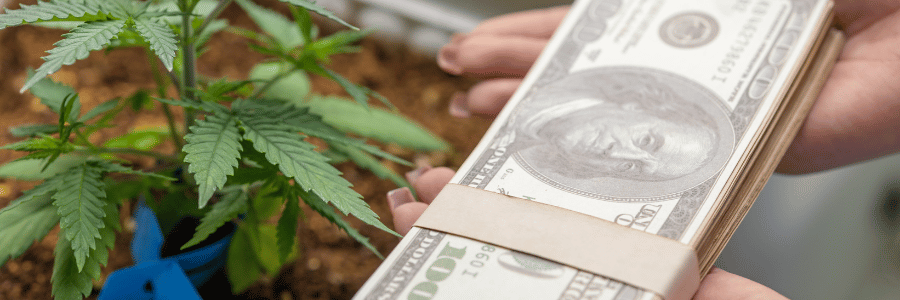Turning Green into Gold: Navigating the CBD Market for Success
In the ever-evolving world of wellness and alternative therapies, Cannabidiol (CBD) has emerged as a star ingredient, celebrated for its myriad health benefits without the psychoactive effects associated with its cousin THC. From oils and tinctures to edibles and topicals, the CBD market has seen explosive growth. Yet, as with any booming industry, potential entrepreneurs must navigate a complex landscape. Here’s how to start a successful CBD business and an examination of the market’s saturation.
Laying the Foundation for a Successful CBD Business
1. Understanding the Legal Landscape: The first step in launching a CBD business is comprehensively understanding the legal regulations surrounding the sale of CBD products. These regulations can vary significantly by country, state, and even local jurisdictions. It’s crucial to ensure compliance with the Food and Drug Administration (FDA) and local laws to avoid costly penalties and shutdowns.
2. Identifying Your Niche: The CBD market is vast and varied. Success often depends on identifying a niche that is both in demand and underserved. Whether it’s CBD-infused skincare products, pet products, or a wellness line, finding your niche will help differentiate your brand in a crowded market.
3. Quality Product Source: With consumers becoming increasingly savvy about the products they consume, ensuring the highest quality of your CBD product is non-negotiable. This means partnering with reputable growers and manufacturers and having transparent lab testing results available for your customers.
4. Branding and Marketing: Effective branding and marketing are pivotal in telling your brand’s story and attracting your target audience. Since advertising CBD products can be challenging due to restrictions on certain platforms, creativity in content marketing, SEO, and educational resources can drive organic traffic to your site.
5. Compliance and Education: Staying informed about the evolving regulations and being proactive about compliance is crucial. Additionally, educating your audience about the benefits and safety of CBD can help demystify the product and build trust with your customers.
Assessing Market Saturation: Is There Room for New Entrants?
The CBD market, indeed, has witnessed a significant influx of products and businesses in recent years, leading many to question whether it has become oversaturated. However, the market is still in a growth phase, with continued expansion predicted as legalization spreads and consumer acceptance grows. Here’s what potential entrepreneurs need to consider:
- Market Differentiation: Even in a crowded market, there is always room for innovation and quality. Businesses that offer unique products or cater to specific niches have the potential to stand out and attract a dedicated customer base.
- Consumer Education: There remains a substantial opportunity for brands focused on educating consumers about the benefits and uses of CBD, particularly in areas where the market is still emerging.
- Quality and Transparency: With concerns about product quality and labeling accuracy, businesses that prioritize transparency and quality assurance can gain a competitive edge.
- Regulatory Changes: The legal landscape for CBD is still evolving. Positive regulatory changes can open up new markets and opportunities for growth, while stricter regulations may require businesses to adapt quickly.
Conclusion
Starting a successful CBD business requires navigating legal complexities, identifying a unique market niche, ensuring product quality, and implementing effective marketing strategies. Despite concerns about market saturation, the dynamic nature of the CBD industry, coupled with a growing consumer interest in natural and alternative therapies, suggests that there is still significant potential for new and innovative entrants. As with any business venture, success in the CBD market comes down to a combination of strategic planning, quality product offerings, and the ability to adapt to an ever-changing regulatory and consumer landscape.
